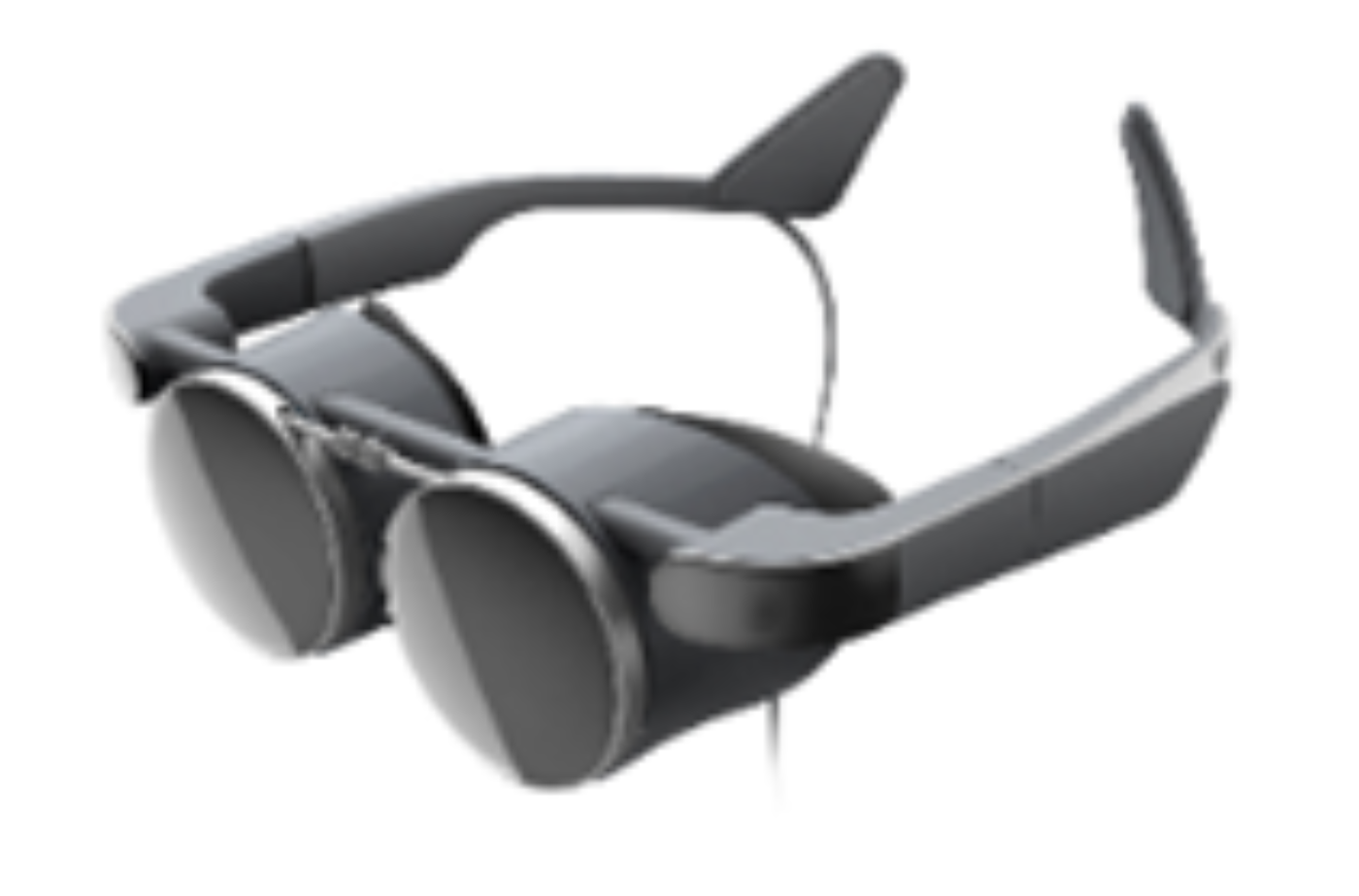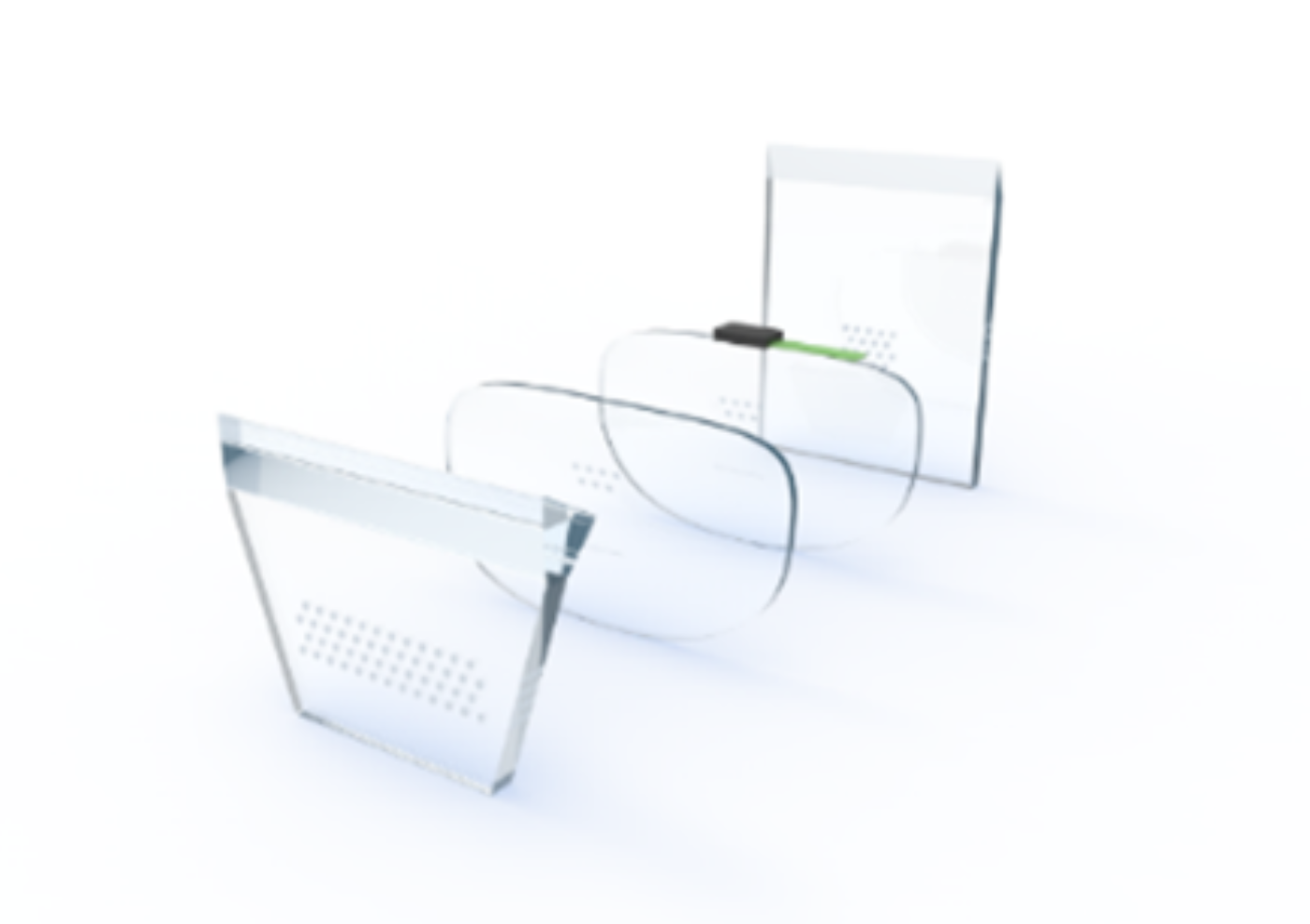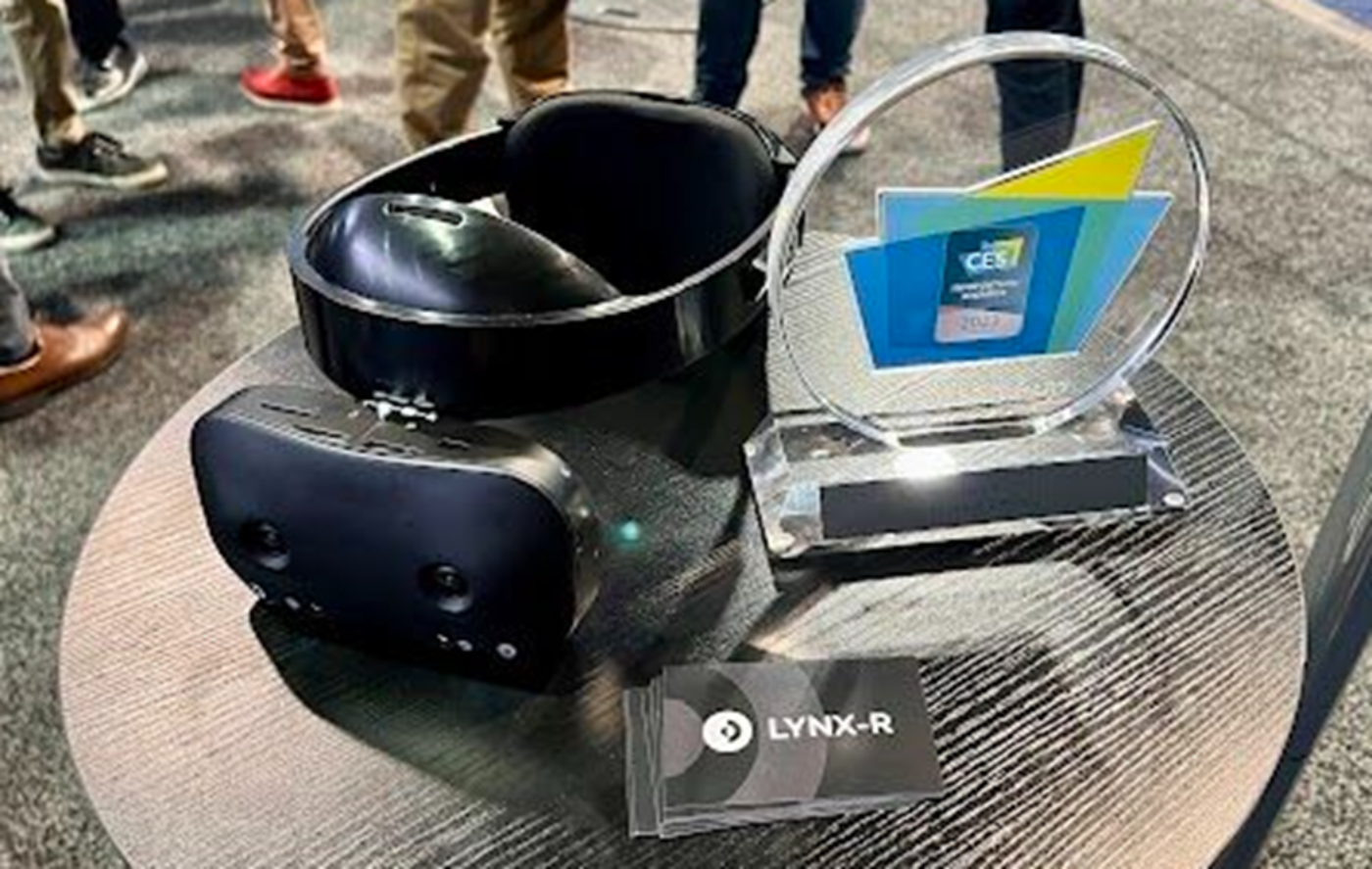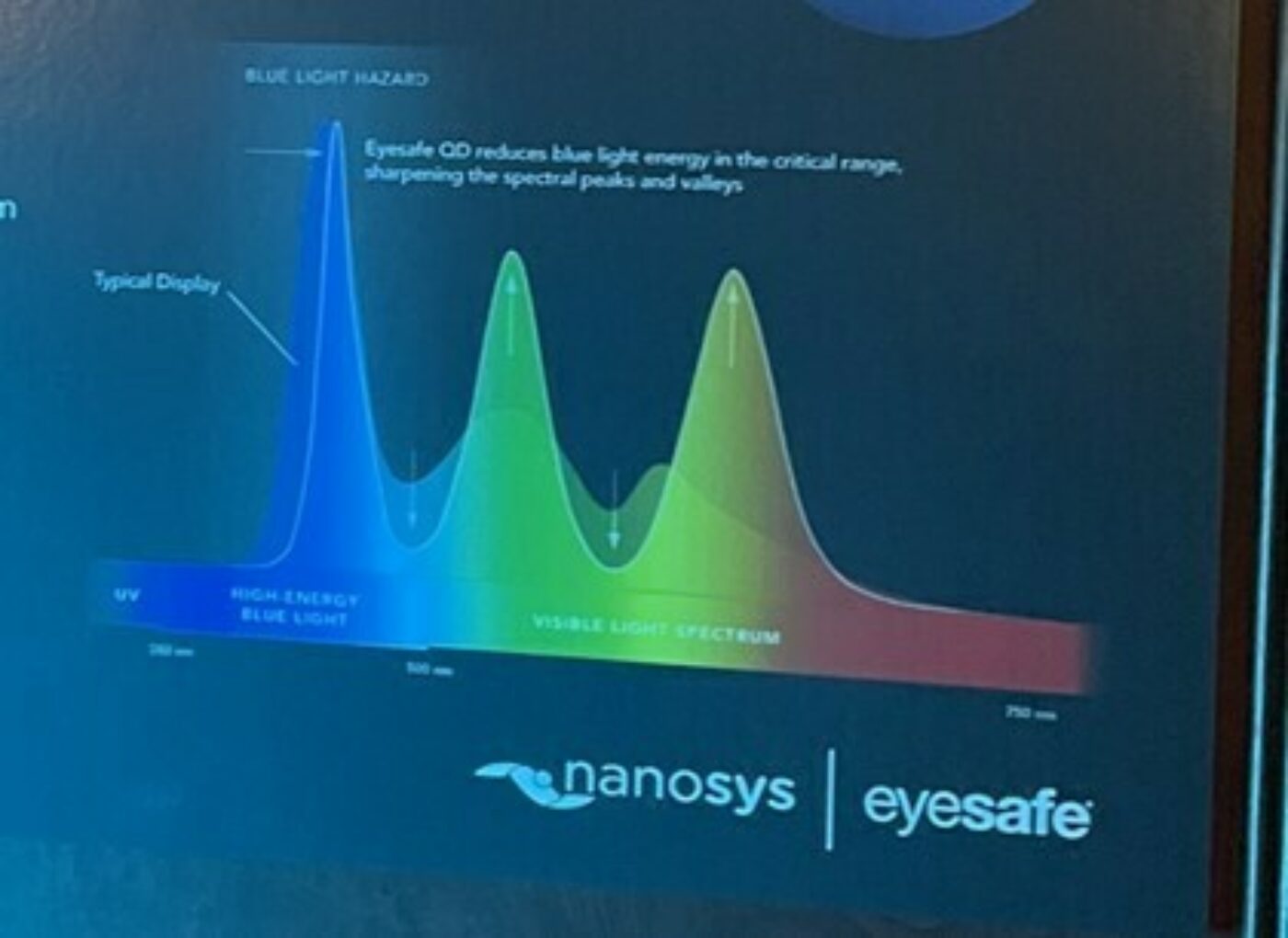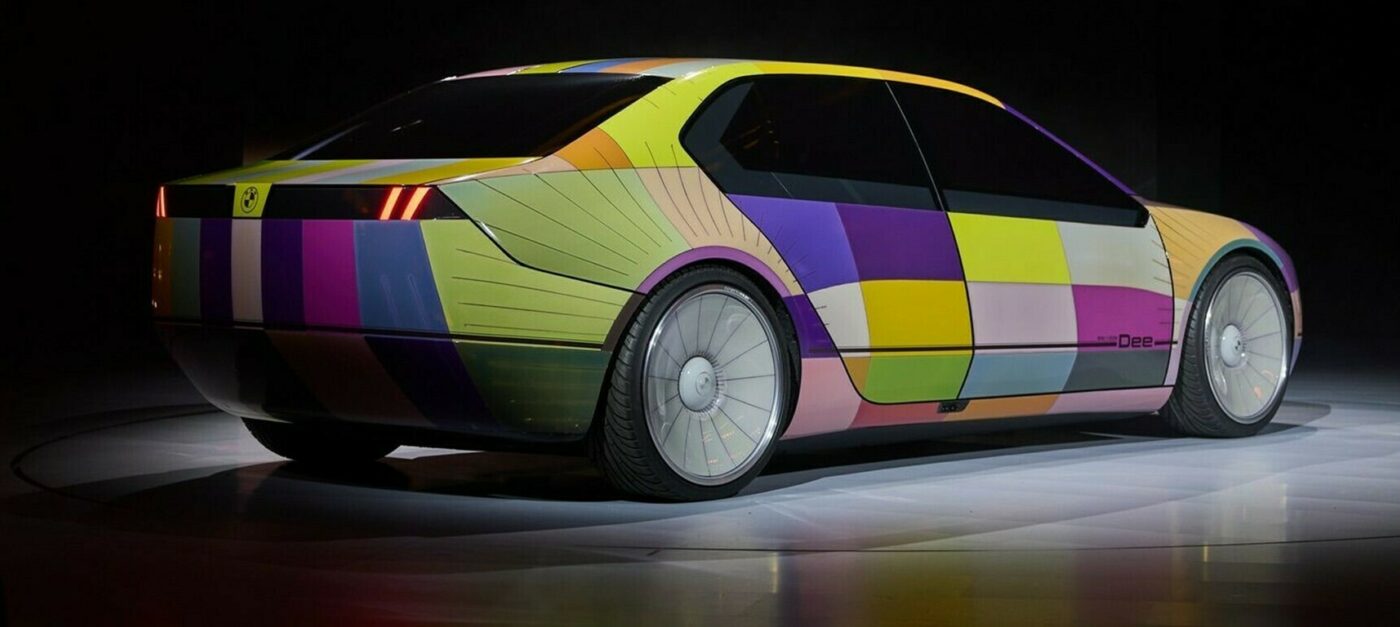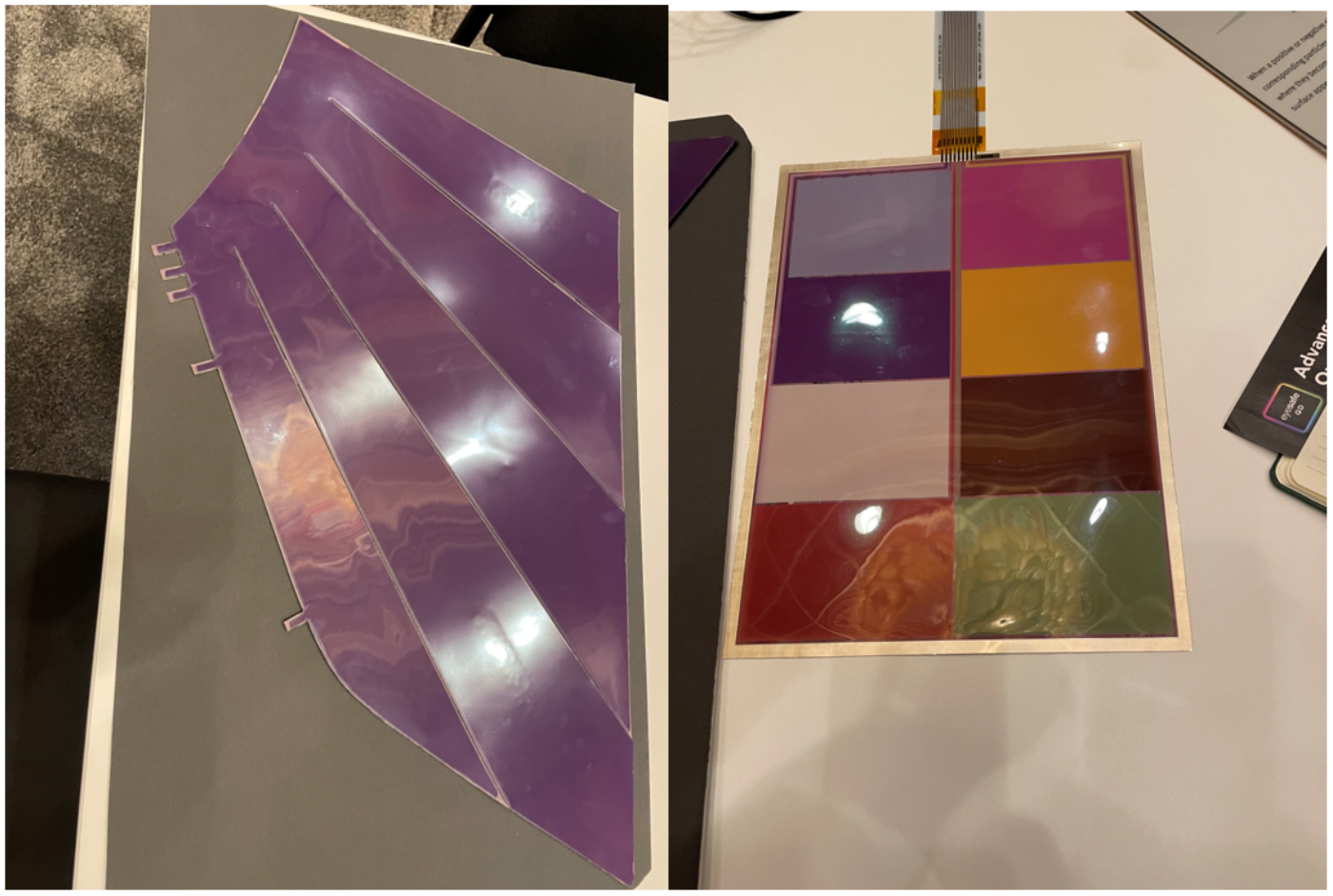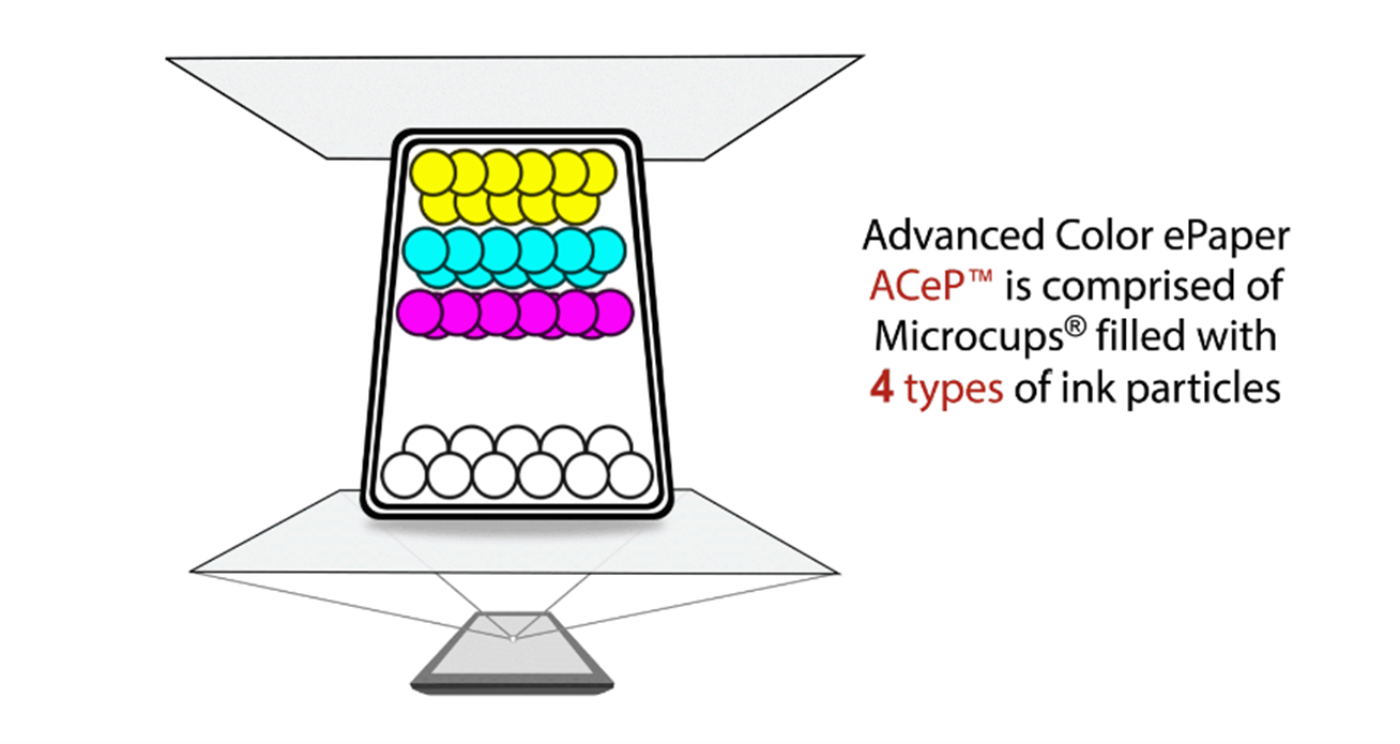CES2023 現地取材記~AR/VR/MR 他
途中部和訳
AR/VR/MR分野において、ディスプレイ技術の観点から最も印象的だった展示は、Panasonicの完全子会社であるShiftallが販売するPanasonic製ヘッドセット、MeganeXである。Shiftallはこの製品を「超軽量で6DoFを実現するSteamVR対応VRヘッドセット」と表現している。このヘッドセットはKopinが提供するMicro OLEDディスプレイ (1.3インチで解像度2560 x 2560) を2枚搭載している。ヘッドセットの重量はわずか320g (11.3 オンス) であるため、大型のVRヘッドセットよりも負担が軽減される。
CES 2023 Report - AR/VR/MR and Other Topics
※ご参考※ 無料翻訳ツール (DeepL)
I covered the major TV brand demos at CES 2023, but of course there was a lot more than that to see. Some of the most crowded and popular demonstrations fit into the AR/VR/MR category, which was arguably the hottest topic at the show. Unfortunately, the two most important devices in this category – the Sony PSVR2 and the Magic Leap 2 – were so swamped with visitors that I was unable to get a demonstration in the limited time I had in Las Vegas. However, I did get to sample some of the latest devices from other manufacturers.
From a display technology perspective, the most impressive demonstration in the AR/VR/MR space was Panasonic’s MeganeX headset, marketed by Shiftall, a fully owned subsidiary of Panasonic. Shiftall describes this as an “ultra-lightweight 6DoF-enabled SteamVR supported VR headset.” The headset includes two Micro OLED displays supplied by Kopin, 1.3” with 2560x2560 resolution. The headset weighs 320g, 11.3 ounces, and so is less of a burden than some of the larger VR headsets.
MeganeX Headset
When trying it on, I found the MeganeX to have excellent picture quality. The high resolution eliminated the screen-door effect, and I detected no issues with motion artifacts as the 6DoF software worked quite well. Color performance was difficult to determine because the content was a computer-generated game environment, but the color gamut seemed adequate.
The MeganeX device seems to be ready for the market for VR devices as it supports Valve lighthouse 6FoF Outside-in tracking and also Inside-out tracking, and it works with FlipVR and existing lighthouse controllers.
Korean start-up LetinAR showed its updated pin mirror system; the demonstration was not a full headset but just the lenses, which you walked up to look through. As shown in the picture here, the pin mirrors are clearly visible from the outside, and somewhat distracting from the viewer. LetinAR is using a Sony Micro OLED display for the image, and has improved the FoV, resolution and brightness compared to the 2022 model.
LetinAR Pin Mirror System
Canon showed an interesting concept for VR with their Kokomo system. The system digitizes a user’s image, in a similar way to the face recognition function on a smartphone, but with additional elements including emotions (happy/sad) and the motions involving speech. Then the digitized image can be used in a VR environment in place of an avatar; Canon showed this in a business meeting setting. This makes an interesting concept, but the execution was no better than mediocre. The VR headset used had poor resolution and images appeared heavily pixelated. Also, it is not clear to me how the resulting VR experience would be any better than a standard Zoom call.
For me at CES 2023, the demonstration of augmented and mixed reality with the best “cool factor” was with the Lynx R1 headset in a booth shared with UltraLeap; apparently UltraLeap provides software and Lynx does the headset. In terms of picture performance, the headset was not equal to the MeganeX, with a clearly visible screen door effect and color fringing from chromatic aberration in the optics. My contact explained that the current headset uses 2x JDI 2.1” LCD displays but Lynx looks to upgrade to Micro OLED in 2023.
When putting on the R1 headset, the Lynx demonstration started with a model of the solar system, with the sun in the center and all the planets orbiting. Then I was instructed to reach out and grab the sun – the headset cameras recognized my hand and represented it in the space with no discernible time lag. I could grab the sun and pull it away, only to see the planet orbits go crazy – the planets now were pulled by a sun in a different place and moving around!
Lynx R1 Headset with CES Award
Then I was instructed to take two steps back; this took me outside the solar system model which appeared as a large grey sphere about 3m in diameter in front of me. When I looked to the side, the headset’s cameras and images showed the booth around me, with passable image quality and no discernible time lag. I could still move the sun with my hand and the environment appeared as a true mixed-reality.
I was told that the Lynx R1 headset is currently available and the company targets B2B training. Lynx expects to sell about 30k devices in 2023. Its software partner UltraLeap will go for a new funding round in March 2023.
In the Nanosys private exhibition, the company showed a new collaboration with Eyesafe to develop a new form of low-blue light display. This new approach would add blue quantum dots to the standard green and red quantum dots in an enhancement film. The blue QDs would be formulated to emit in the slightly longer wavelengths (>460nm) that have been shown to be less harmful for the eyes than the standard wavelengths from blue LEDs. This approach holds the promise of greater efficiency and performance than other low-blue light approaches, and according to Nanosys’ Jeff Yurek, would add only a small cost over existing quantum dot enhancement films.
Nanosys/Eyesafe Concept to Reduce Blue Light Toxicity
In the reflective display space, one of the highlights of the show was BMW’s color changing car, an upgrade from a similar concept shown at CES 2022 but with radically improved color panels supplied by E Ink (the 2022 version was only grey scale).
BMW Concept Car with Color Changing Panels Supplied by E Ink
The colors come from a new product by E Ink called E Ink Prism 3, which the company calls “A Multi-Color ePaper Film Enabling Product Personalization”. The car was assembled using more than 240 pieces of the Prism 3 film. In a private exhibition space, E Ink showed me one of the panels used on the car and the various colors that are represented with the film. Consistent with reflective display technology (and with the real world, for that matter), the colors become more vibrant under brighter illumination.
E Ink Prism 3 Film
According to E Ink, Prism 3 offers product designers to choose from eight (8) colors and combine them with patterns to create rich, dynamic surfaces. Additional benefits include:
- Low energy consumption – E Ink’s bistability means that power is only consumed when displays are updated; no power is consumed once the color is displayed.
- Priority on personalization – Designers have the option of combining intricate patterns and colors onto the surface to further enhance their products.
- Thin and durable – Rugged design provides a thin and light solution for surface displays.
E Ink envisions applications of the film in appliances, retail, consumer electronics, residential applications, apparel and industrial goods. Prism 3 is based on technology that E Ink developed in 2016 calls Advanced Color e Paper (ACeP) based on a four particle ink system. The Cyan / Magenta / Yellow particles of ink can be combined to make any color, in the same way that Red, Green and Blue emitted light can make any color.
According to E Ink, the four particle system has a trade-off between color saturation and response time; higher saturation can be achieved with a longer response time.
E Ink Four Particle Ink System
Sticking with reflective displays, TCL had a 12.2” tablet with 2K resolution utilizing its NXTPAPER reflective LCD technology. The tablet was only 6.9mm thick and 599g. Separately in the TCL booth, TCL CSOT demonstrated a 7.9” reflective LCD panel with an IGZO backplane. The panel supports refresh of 10-60Hz, and at 10Hz the power consumption is only 40mW.
TCL also had a phone with the same NXTPAPER technology, and a headset that they labeled NXTWEAR S. The NXTWEAR S was an alternate approach to an AR headset; TCL had the device tethered to a Lenovo laptop and used as a privacy screen. The headset includes dual 1920x1080 MicroOLED displays and projects the image to the headset as if it is on a 130” screen, four meters away. The projected image occludes the background. As a privacy screen, the device substitutes for the laptop screen which is blank. I am not convinced that this is a viable application for this technology.
Some other observations from CES 2023:
- The new LVCC West Hall is now the center for automotive products. The West Hall was still under construction during CES 2020. It was used in CES 2022 but mostly empty with the limited attendance last year. In 2023 it was full and well attended. LG Display had a separate exhibit for auto displays there which I did not view, and glassmakers AGC and Corning both had booths there. It also featured the largest vehicle I have ever seen at the CES, a massive dump truck from Caterpillar with tires about 3.5 meters high.
- The CTA released attendance numbers after the show finished and declared that CES 2023 had 115,000 attendees, a big improvement from 45,000 in 2022 but still well short of 175,000 attendees in 2019. To my observation, the LVCC was full on the first day of exhibition, Thursday January 5th, but I recall it was often over-full on the first day pre-pandemic. I found it much easier to get a cab in 2023 than in 2019.
本記事の関連調査レポート
Biannual AR/VR Display Technology and Market Report
一部実データ付きサンプルをご返送
ご案内手順
1) まずは「お問い合わせフォーム」経由のご連絡にて、ご紹介資料、国内販売価格、一部実データ付きサンプルをご返信します。2) その後、DSCCアジア代表・田村喜男アナリストによる「本レポートの強み~DSCC独自の分析手法とは」のご説明 (お電話またはWEB面談) の上、お客様のミッションやお悩みをお聞かせください。本レポートを主候補に、課題解決に向けた最適サービスをご提案させていただきます。 3) ご購入後も、掲載内容に関するご質問を国内お客様サポート窓口が承り、質疑応答ミーティングを通じた国内外アナリスト/コンサルタントとの積極的な交流をお手伝いします。

